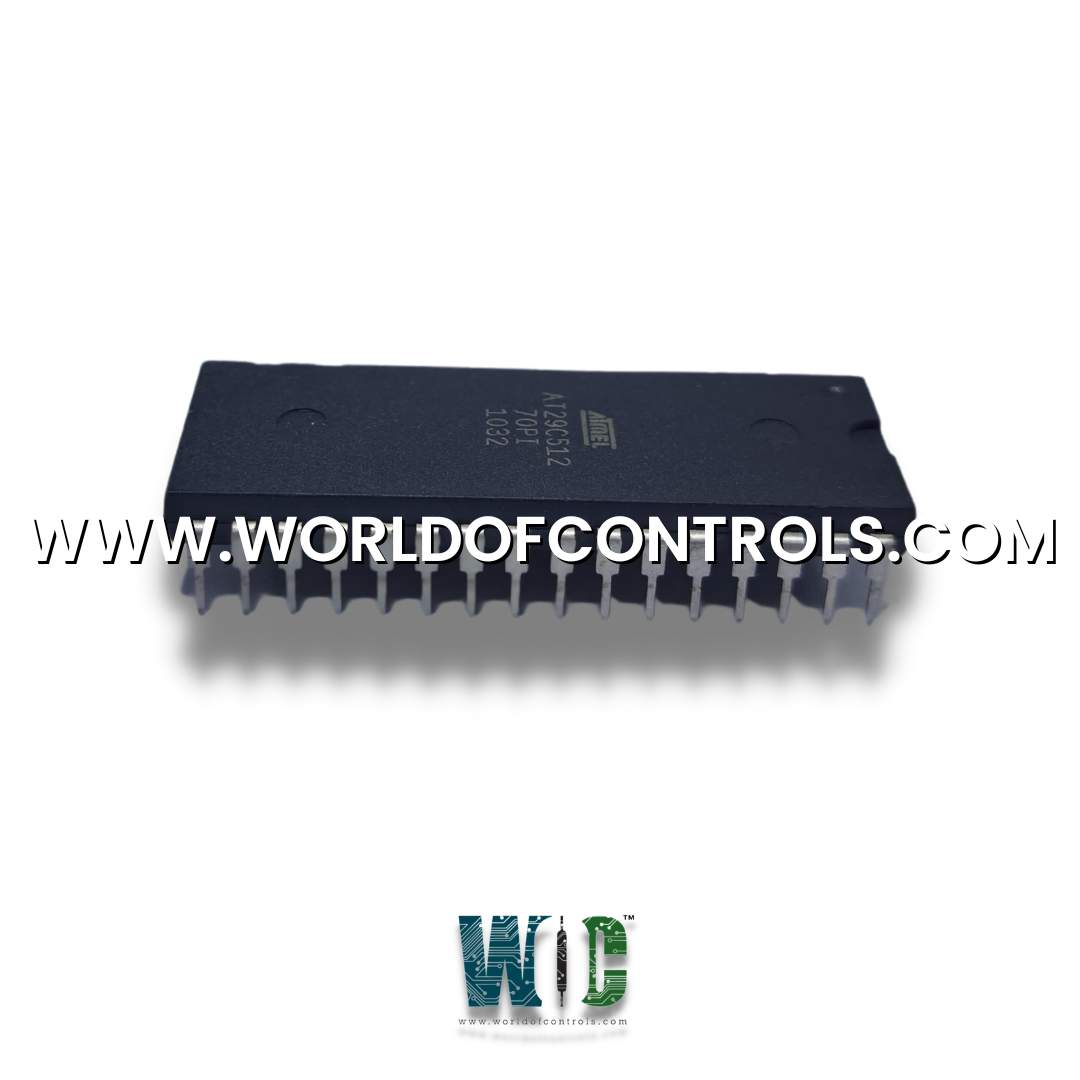
World Of Controls understands the criticality of your requirement and works towards reducing the lead time as much as possible.
DS200TCEAP1BBD - Software PROM Set is available in stock which ships the same day.
DS200TCEAP1BBD - Software PROM Set comes in UNUSED as well as REBUILT condition.
To avail our best deals for DS200TCEAP1BBD - Software PROM Set, contact us and we will get back to you within 24 hours.
SPECIFICATIONS:
Part Number: DS200TCEAP1BBD
Manufacturer: General Electric
Series: Mark V LM
Product Type: Software PROM Set
Number of channels: 12
Power supply voltage: 28 V dc
Voltage Range: 14 to 32 V dc
Operating temperature: -30 to 65°C
Availability: In Stock
Country of Origin: United States
FUNCTIONAL DESCRIPTION:
DS200TCEAP1BBD is a Software PROM Set manufactured and designed by General Electric as part of the Mark V LM Series used in GE Speedtronic Gas Turbine Control Systems. The three TCEA boards used in the
The I/O Engine in the
TCEA AUTOMATIC SYNCHRONIZING CIRCUIT:
The bus and generator voltages from the PTBA terminal board are sent through the JV connector to the TCEB board where the JMP connector transfers them to the TCEA board. Embedded software in EPROMs on the TCEA board performs speed matching and voltage matching. The TCEA board sends the permissive to close the breaker after checking for proper generator and line voltages and frequencies and that the differential between the line and the generator is within the limits set by the I/O Configuration constant. The STCA board performs a separate synchronization check function, which sends a logic signal to the TCEA board. This logic must be satisfied to enable a breaker closure.
WOC has the largest stock of GE Speedtronic Control System Replacement Parts. We can also supply unused and rebuilt backed-up with a warranty. Our team of experts is available round the clock to support your OEM needs. Our team of experts at WOC is happy to assist you with any of your automation requirements. For pricing and availability on parts and repairs, kindly contact our team by phone or email.
How is the EOB integrated into the software PROM set?
The EOB functionality is programmed into the software PROM set, ensuring seamless integration with the control system of the equipment. During the PROM set's installation or programming process, parameters related to overspeed thresholds and shutdown procedures are configured to suit the specific application requirements.
What are the benefits of having an EOB in the software PROM set?
The presence of an EOB enhances safety by proactively preventing overspeed situations, thereby reducing the risk of accidents, injuries, and equipment damage. It provides peace of mind to operators and enhances overall operational reliability.
How does a Software PROM Set differ from other memory solutions?
Unlike traditional random-access memory (RAM), which loses its data when power is removed, a PROM set retains its programmed data even when powered off. This permanence makes it suitable for storing essential boot-up routines, control algorithms, or configuration settings in embedded systems.